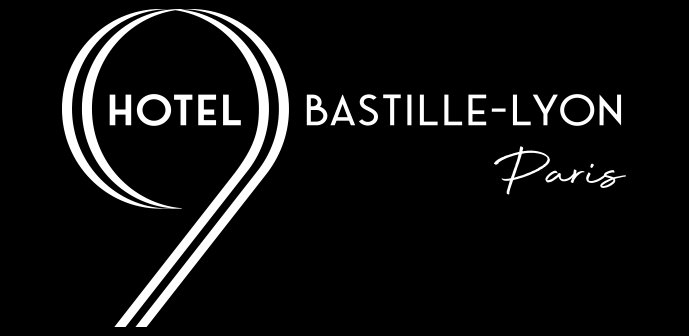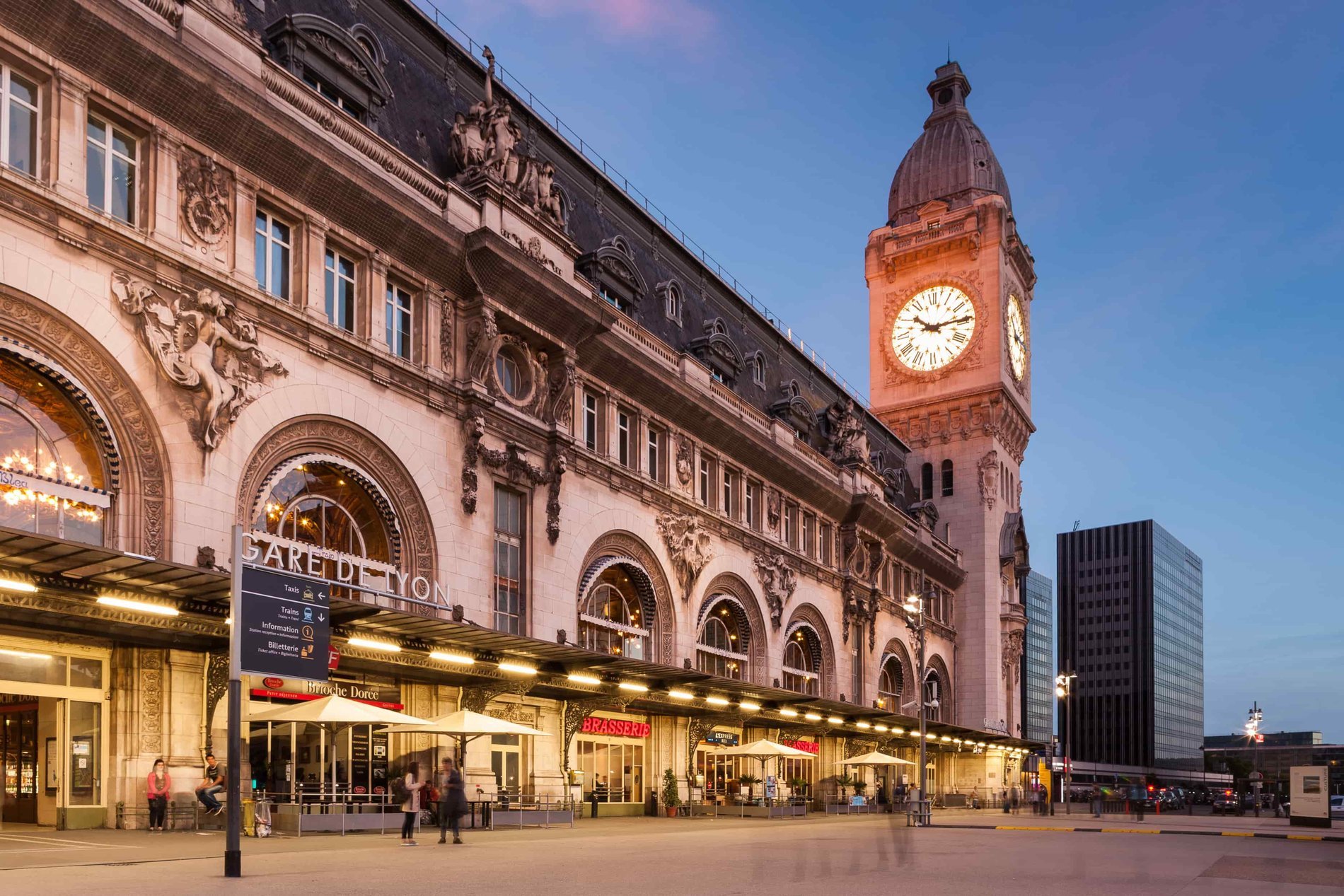Gare de Lyon
Located in the heart of Paris, our hotel is close to both the city’s historical districts and Gare de Lyon, from which trains depart to Lyon, the Alps, Switzerland, Italy, Provence, and the French Riviera. Perfectly situated just steps from the Seine River and the famous Coulée verte René-Dumont, the hotel is also near Place de la Bastille and the Quinze-Vingts neighborhood.
In the 12th Arrondissement: A Peaceful District Near the Center
The 12th arrondissement offers the best of both worlds: quiet residential areas and close proximity to central Paris. 9Hotel Bastille-Lyon is ideally located halfway between Place des Vosges—the city’s oldest square, famed for its architecture—and the Jardin de Reuilly, at the foot of the district’s town hall.
Just one minute from the hotel is Avenue Ledru-Rollin, which leads directly to the Seine at Quai de la Rapée and Pont d’Austerlitz. Cross the bridge and you’ll reach the Jardin des Plantes, marking the gateway to the Latin Quarter. From the bridge, enjoy stunning views of Île Saint-Louis and Notre-Dame Cathedral to the northwest, as well as the Cité de la Mode et du Design and the Ministry of Finance to the southeast.
Alternatively, head toward the Arsenal marina, right by Place de la Bastille, and discover the lively Marais district—one of Paris’s most vibrant neighborhoods—on the Right Bank, which is prone to flooding during the Seine’s high waters.
The Coulée Verte René-Dumont
South of Place de la Bastille, near the hotel, begins the Coulée Verte René-Dumont. Starting at the Viaduc des Arts, this 5-kilometer pedestrian walkway follows the old Vincennes railway line, stretching all the way to the Paris ring road. It winds through the Jardin de Reuilly and Square Charles Péguy, both landscaped at the same time, offering an aerial stroll among lush vegetation, footbridges, and scenic paths.
The original railway connected Gare de la Bastille, formerly located where the Opéra Bastille now stands, to the eastern suburbs. Built in 1859, the line was decommissioned 110 years later. Architects Philippe Mathieux and landscape designer Jacques Vergely then transformed it into a green urban promenade.
It’s a unique pathway in the heart of Paris—elevated in parts and nestled in greenery—where one can wander above or below, especially through Square Charles Péguy, known for its beautiful magnolia trees that bloom as early as April, delighting both the eyes and the senses.
A Hotel Near Paris Gare de Lyon
Choosing a hotel near Gare de Lyon is a smart option for visiting Paris or enjoying a weekend getaway to southern France—a region full of stunning landscapes, rich history, and the sweet art of living.
Just 5 minutes on foot, Bastille metro station connects you to three metro lines, offering access to all corners of the city. Gare de Lyon also provides quick connections to the RER A and RER D, and to metro lines 1 and 14.
Inside the station, the legendary Train Bleu restaurant offers a feast for both the eyes and the palate. A Belle Époque jewel, it was built for the 1900 World’s Fair as the train station’s buffet. Designed by architect Marius Toudoire, who also created the station's clock tower and façade, it was inaugurated in 1901 by President Émile Loubet. Since then, it has remained a favorite among high society and artists, featuring neo-baroque style decor.
The Quinze-Vingts District
Just over a kilometer from Gare de Lyon, you’ll find the Quinze-Vingts National Eye Hospital on Rue de Charenton. This renowned ophthalmology center was once the barracks of the Black Musketeers until 1775. Built in the 17th century, the hospital’s elegant classical façade is partially listed as a Historic Monument. It also lent its name to the 48th administrative neighborhood of Paris, one of four in the 12th arrondissement.
Many wonder what “Quinze-Vingts” means. It’s an old counting system: 15 times 20 = 300, based on the vigesimal system once used by Celtic and Indo-European peoples, unlike the decimal system favored by the Romans.
Traces of this way of counting remain in French—for example, “quatre-vingts” means 80 (four twenties). The original hospice, founded by King Louis IX (Saint Louis), had 300 beds—quinze-vingts—to care for 300 knights who had been taken prisoner and blinded during the Seventh Crusade. Upon their return, the king created a facility to care for them, thus laying the foundation for what would become France’s foremost eye hospital.


